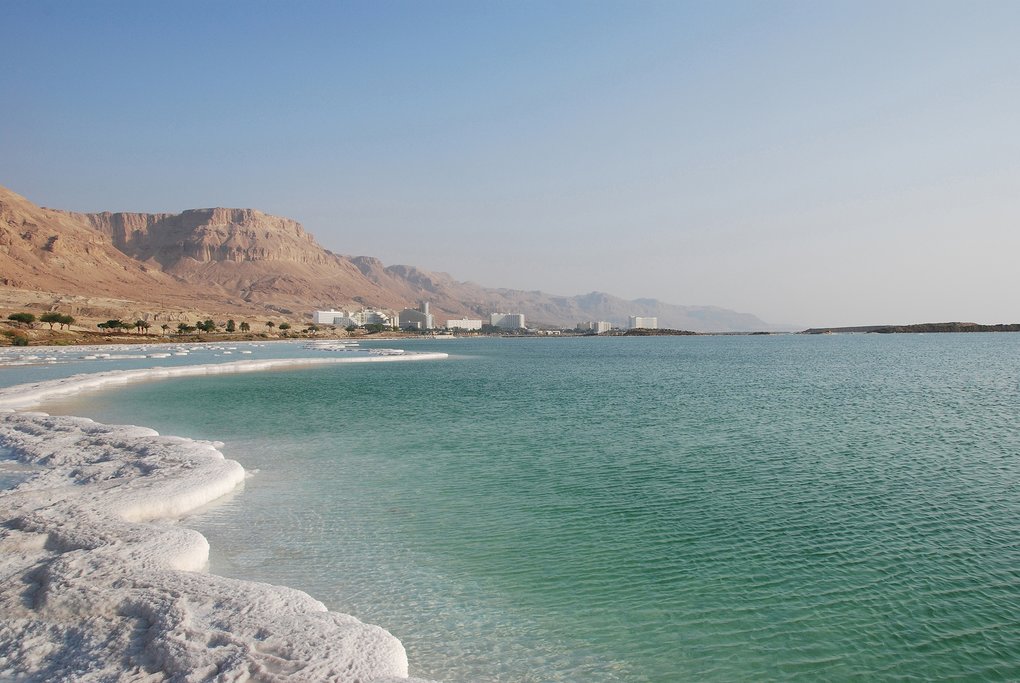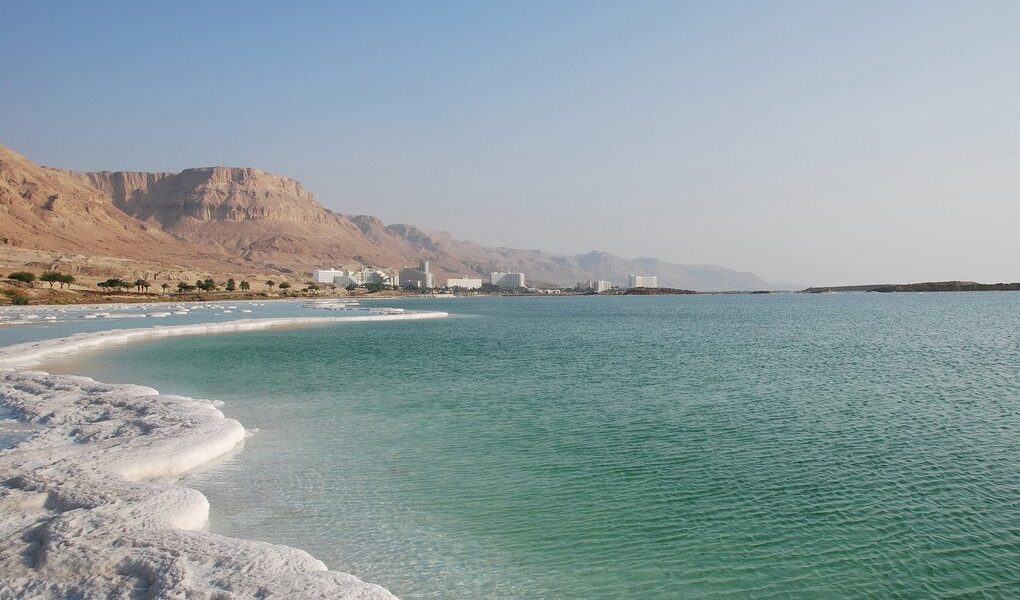
Spring is in the air, with more warming sunshine this month. Temperatures are gradually rising and the winter rainfall begins to ease—perfect for hiking and camping. The first bloom of wildflowers and the passage of migratory birds make this a great time to visit the country’s nature reserves. By the end of the month, Jordan’s high tourist season is underway.
## Jordan in March: A Comprehensive Travel Guide
March in Jordan marks a delightful transition as the country awakens from the cooler, wetter months of winter. The landscape begins to shed its somber hues, replaced by the vibrant colors of wildflowers, making it a truly captivating time to visit. While the sun shines more brightly, hinting at the warmth to come, it’s essential to be prepared for fluctuating temperatures, especially as you journey across the diverse terrains of this fascinating nation.
In **Amman**, the capital city, March sees a gradual increase in temperature, yet remnants of winter can still be felt. The average temperature hovers around **54°F (12°C)** throughout the month, with a slight rise to **57°F (14°C)** towards the end. Don’t be surprised if you encounter a rare dusting of snow, a magical, albeit chilly, occurrence. Evenings, particularly in the elevated areas surrounding **Amman**, can remain quite cold, so packing layers is crucial.
Venturing south to **Petra**, the iconic “lost city,” you’ll find a slightly warmer climate. The average temperature in **Petra** during March is around **64°F (18°C)**. While this is a welcome increase, remember that the desert climate can still bring about chilly nights. Exploring the ancient wonders of **Petra** requires comfortable walking shoes, and it is always wise to have a jacket or sweater accessible for the cooler parts of the day.
For those seeking a truly balmy experience, **Aqaba**, situated on the Red Sea coast, offers a significantly warmer climate. With an average temperature of **75°F (24°C)** in March, **Aqaba** provides a pleasant escape. The warmth makes it ideal for enjoying the beaches and watersports that this coastal city has to offer. Even so, it’s a good idea to pack a light cover-up for the evenings, as the sea breeze can sometimes bring a slight chill.
Overall, March presents an excellent opportunity to explore Jordan, with abundant sunshine and the picturesque sight of wildflowers painting the landscape in pastel shades. To ensure a comfortable trip, it’s best to pack clothing suitable for both warm and cold conditions. A rainproof jacket or umbrella is also a smart addition to your luggage, just in case of unexpected showers. And regardless of where you’re headed, a hat and sunscreen are vital for protecting yourself from the strong Jordanian sun, especially if you plan to spend time on the beaches of **Aqaba**.
The spring season, including March, is widely regarded as the optimal time to visit Jordan due to its pleasant weather. As a result, visitor numbers begin to increase noticeably by the end of March. This rise in tourism has an impact on prices, with airfares and accommodations reaching their peak during the spring months. However, early March still falls within the shoulder season, offering a sweet spot with more affordable rates and relatively fewer crowds at most tourist attractions. Despite this, it is highly recommended to book your flights and accommodations well in advance, particularly if you plan on visiting **Aqaba** and its resorts along the Gulf of Aqaba, as these destinations tend to fill up quickly.
Jordan offers diverse destinations, and the **Eastern desert** truly shines during springtime. Unlike the harsh extremes of winter and summer, the temperatures in March are perfectly balanced, creating an inviting environment. Moreover, the desert landscape transforms into a stunning display of wildflowers, resembling a Monet painting. For an unforgettable experience of nature, consider visiting the **Shaumari Wildlife Reserve**. Established in 1975 by the Royal Society for the Conservation of Nature, this compact reserve (8 sq mil/22 sq km) serves as a crucial breeding center and protected area for Middle Eastern wildlife species that are either locally extinct or endangered. Embark on a guided safari and keep an eye out for Dorcas gazelles, Arabian oryx, and Persian onagers (wild asses).
Fans of the movie “The Martian” will recognize **Wadi Rum**, the dramatic desert landscape where the film was shot. It’s an unparalleled location in Jordan to truly grasp the isolation, vastness, and breathtaking beauty of the desert, characterized by its striking purple mountains and burnt orange dunes.
March is also an ideal time to explore **Jerash**, Jordan’s most extensive and well-preserved Roman city. Partially destroyed by an earthquake in 749 AD, the ruins of this imperial city cover a vast area and leave a lasting impression. To make the most of your visit, consider hiring a knowledgeable guide who can provide insights into the site’s history and significance. You could easily spend a full day exploring key landmarks such as **Hadrian’s Arch**, the imposing gateway to the city; the **Temple of Zeus**, standing high above the city; the **Forum**, a central gathering place encircled by 56 Ionic columns; and the **Hippodrome**, where you can witness captivating reenactments of chariot races and gladiator battles, reminiscent of Roman times. Remember to bring a hat and sunscreen to protect yourself from the sun during your exploration of **Jerash**.
For adventurous travelers, the **Jordan Trail** offers an unparalleled opportunity to experience the country’s diverse landscapes. This 400-mile (645 km) hiking trail stretches from north to south, providing an immersive journey through Jordan’s varied terrain. Beginning at **Umm Qais** in the north and concluding at the **Red Sea** in the south, the **Jordan Trail** presents a chance to connect with the country on a deeper level. You can choose to tackle the entire route, which requires approximately one month, or opt for one of the eight shorter, more manageable 50-mile (80-km) sections.
Bird enthusiasts will find delight at the **Aqaba Bird Observatory**, a haven for bird-watchers located at the northern tip of the Red Sea. This unique area features a combination of forests and artificially created wetlands, creating a vibrant contrast to the surrounding arid desert. The **Aqaba Bird Observatory** attracts massive flocks of migratory birds as they travel between Europe, Africa, and Asia. A significant portion of Jordan’s 390 bird species can be observed here, with spring and autumn being the most rewarding times of the year for birdwatching.
For an unforgettable desert experience, consider a multi-day adventure in **Wadi Rum**, staying overnight at one of the traditional Bedouin desert camps. Begin your journey with an early morning hot-air balloon ride, providing panoramic views of the breathtaking landscape. Then, challenge yourself with a hike to the summit of the precariously balanced **Burdah Rock Bridge**, ride a camel to the red sand dunes near **Jebel Umm Ulaydiyya**, try abseiling in **Kharazeh Canyon**, and explore the narrow *siq* (canyon) that carves into **Jebel Khazali**, where you can admire ancient petroglyphs depicting human feet, ostriches, and even a woman giving birth.
(Word Count: 965)
B-1483

